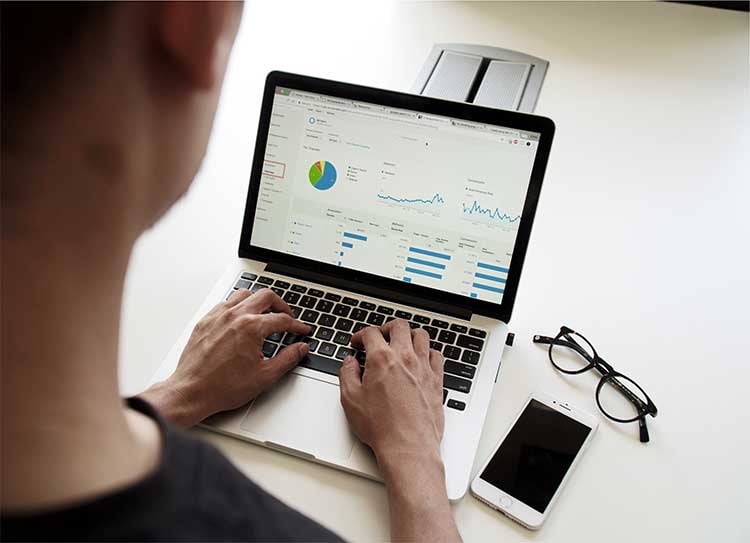SAS study reveals how modernising and automating risk management frameworks delivers profound business benefits; industry “Leaders” chart the path forward, says Longitude.

COVID-19’s disruption has stretched risk management infrastructures to the brink, forcing banks to recalibrate their data, models and processes for stress testing, impact assessments, scenario analyses and more. A global risk management survey by analytics leader SAS and Longitude examines how banks are adapting their risk frameworks in response. It reveals the “true north” nature of banks’ risk technology capabilities in navigating uncertainty – and how the Risk Management Leaders are seizing the competitive edge.
The study, From Crisis to Opportunity: Redefining Risk Management, is based on a survey of 300 senior banking executives across 24 countries. The survey data is complemented by insights from in-depth interviews with the chief risk officers (CROs) of five large, multinational banks, including Wells Fargo, Standard Chartered Bank, Société Générale and RHB Malaysia. Among the report’s key findings:
• COVID-19 is driving transformation. More influential than regulatory requirements, the top factor influencing banks’ approaches to risk modelling is the pandemic.
• Most banks plan to modernise. In the next two years, 54 percent of banks anticipate modernising their risk modelling capabilities. Further, 52 percent say the pandemic has accelerated their modernisation plans.
• Risk management automation is lagging. Only about 10 percent of banks have completely automated most of their risk management activities – and a mere 6 percent have fully automated large portions of the risk modelling processes – hindering their ability to forecast trends and improve decision making across the business.
• Cloud deployments and analytics are top investment priorities. Asked about planned investments for improving risk modelling over the next 12 months, executives put cloud provision (67 percent) and data analytics tools (59 percent) at the top of list.
The study’s results were previewed at SAS Global Forum 2021. The session, entitled Spotlight on Risk, Fraud and Financial Crime: Challenges and Trends, is available to stream on demand through June 25 (registration required).
“After our experience with Covid-19, accelerating digitalised risk modelling is a necessity,” said Sadia Ricke, Group CRO for Société Générale. “Clients want a fully digitalised process where they can do everything online, including applications for credit. A more automated approach gives you the ability to be more effective from a business perspective.”
Risk Management Leaders and the competitive advantage
Using the survey data, Longitude identified a subset of survey respondents, the 20 percent who had a more mature approach to risk management versus the rest of the sample. These “Risk Management Leaders,” as they’re identified in the report, are defined by having more automated risk modelling and more advanced risk management capabilities via tools like scenario-based risk analytics, integrated balance sheet management and modelling-as-a-service.
The research shows the Risk Management Leaders have already attained substantial long-term benefits from their risk technology investments, including the ability to forecast further ahead and complete various stress tests more rapidly. Compared to their survey sample peers, the Leaders also report better performance across several key aspects of their operations, including:
• Greater benefits from automated risk modelling: 73 percent report their risk modelling processes offer a competitive edge (versus 47 percent in the overall sample).
• More accurate business forecasting: 37 percent (compared to 14 percent overall) rate the accuracy of projected balance sheets and P&L forecasts as “very high.”
• The ability to project balance sheets further into the future: 44 percent (versus 19 percent of the overall sample) can project balance sheets three or more years ahead.
• Greater integration between risk management and business planning: 78 percent report their bank has already integrated regulatory stress-testing exercises with business planning (compared to 45 percent overall)
“We can process so much more information in much more efficient and effective ways with these technologies. It is really becoming very useful,” said Mandy Norton, Chief Risk Officer for Wells Fargo.
Reimagining risk management
With financial, operational, regulatory, and reputational risk on the line, the stakes are higher than ever. Discover how your region’s banks compare to the Risk Management Leaders.
“Banks know they must digitise if they hope to survive today’s competitive and dubious landscape – and risk management has emerged as more critical than ever,” said Troy Haines, Senior Vice President and Head of Risk Research and Quantitative Solutions at SAS. “A more digitised and automated approach to risk management, as exemplified by the Risk Management Leaders in this study, is not only demonstrated to enhance performance. It is the key to the compliancy and resiliency that will help banks withstand today’s challenges and endure far beyond.”
Banks can accelerate their transformation journeys by following five guiding principles of risk management transformation, gleaned from the actions and behaviours of the Risk Management Leaders:
1. Standardise and modernise the risk modelling life cycle.
2. Invest in cloud infrastructure and automation.
3. Focus on quick wins versus large-scale transformation.
4. Integrate risk management with business-planning activities.
5. Recruit the right talent – and develop it.
About SAS
SAS is the leader in analytics. Through innovative software and services, SAS empowers and inspires customers around the world to transform data into intelligence. SAS gives you THE POWER TO KNOW®.
SAS and all other SAS Institute Inc. product or service names are registered trademarks or trademarks of SAS Institute Inc. in the USA and other countries. ® indicates USA registration. Other brand and product names are trademarks of their respective companies. Copyright © 2021 ‘SAS Institute Inc. All rights reserved.




